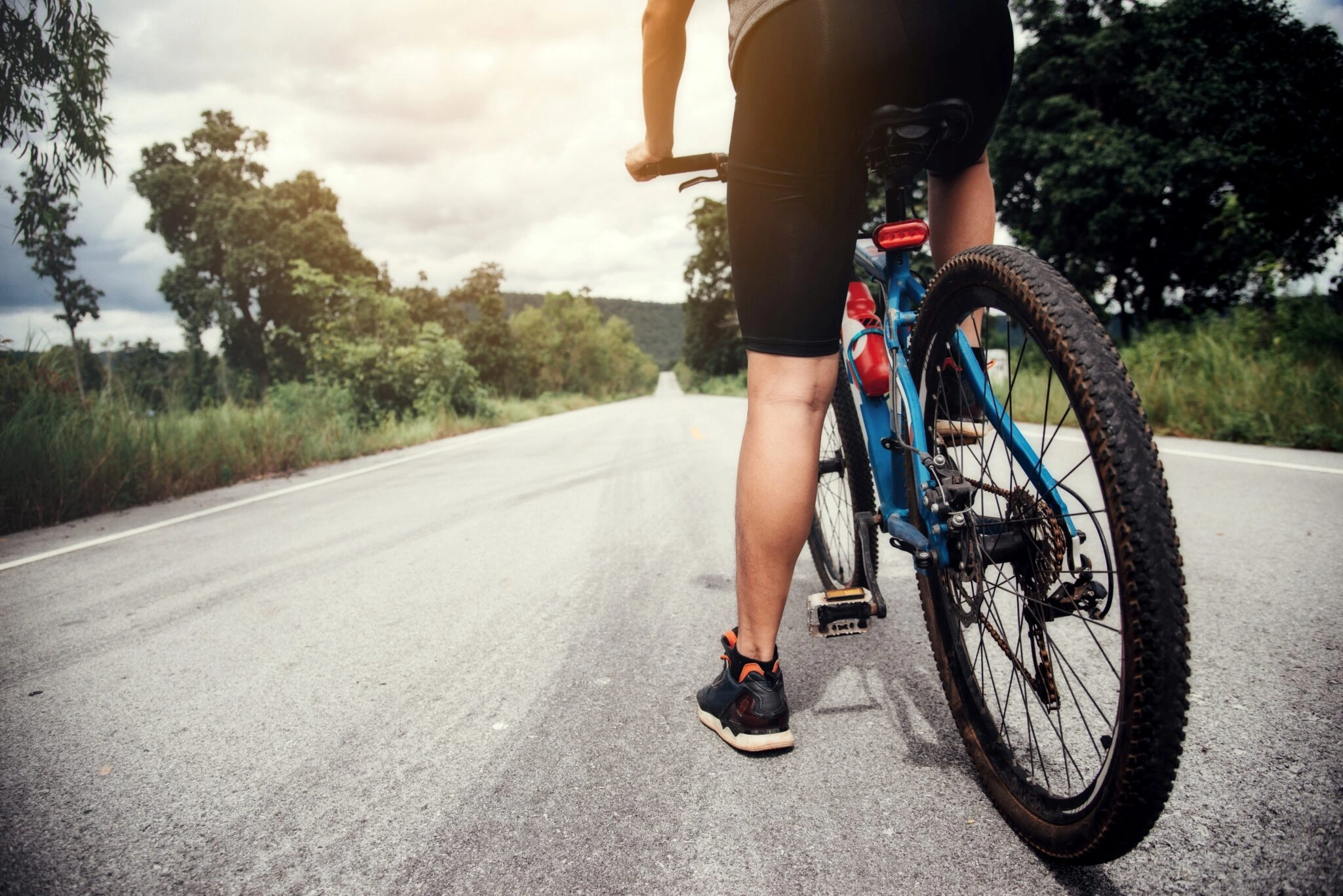A German baron named Karl von Drais made the first major development when he created a steerable, two-wheeled contraption in 1817. Known by many names, including the “velocipede,” “hobby-horse,” “draisine” and “running machine,” this early invention has made Drais widely acknowledged as the father of the bicycle.
- Cycling is mainly an aerobic activity, which means that your heart, blood vessels and lungs all get a workout. Riding a bike is healthy, fun and a low-impact form of exercise for all ages.
- Cycling can improve both physical and mental health, and can reduce the chances of experiencing many health problems.
- Cycling is a good way to control or reduce weight, as it raises your metabolic rate, builds muscle and burns body fat. Steady cycling burns about 300 calories per hour.
- Cycling reduces the risk of obesity, high blood pressure and triglyceride levels in diabetics.
- Cycling helps burn the fat deposits in the muscles and help them send a signal for glucose utilization, thus lowering low sugar levels in the body.
- 30 to 60 minutes of cycling a day is beneficial enough to provide anti-diabetic benefits. Also, cycling for an hour at a moderate pace by overweight individuals with diabetes can help reduce their blood sugar levels.




